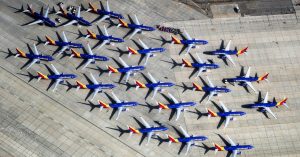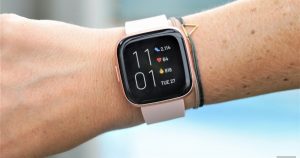Brunch looked great before your friends whipped out their iPhones, angling for perfect shots of their avocado toast as yours went cold. It’s 2020, and people still photograph their food, though by now such behavior is cringey enough to elicit some eye rolls. Everyone knows it isn’t really about the food.
“It’s about them,” says photography curator Susan Bright. “Like, ‘Oh look, I’m very healthy!’ Or if they bake a cake, ‘Oh look, how skillful I am!’ Or if they have a baking fail, ‘I’m hilarious and humble!’”
That applies not just to Instagram pics but to the entire history of food photography that precedes them, as Bright and Denise Wolff show in their co-curated exhibition. Feast for the Eyes: The Story of Food in Photography, based on their 2017 book, is currently at The Photographer’s Gallery in London and spans more than 160 years, from today’s greasy sliders to yesteryear’s SPAM and beyond. Its focus may be food, but it ultimately reveals a lot about humans—and their values.
“It’s absolutely about identity,” Bright says, “whether that’s personal, cultural, or political.”
Food was an early photographic subject for a simple reason: It didn’t move. In the 1840s and ‘50s, when even the fastest exposures took several seconds, pioneers like William Henry Talbot and Roger Fenton found longsuffering subjects in table grapes and pineapples. The black-and-white images aped elaborate still life paintings, including their moral and religious symbolism—a shiny apple could represent Eve’s fall, for instance, or a fuzzy peach could suggest fertility. “It was a really easy way to say, ‘Look, photography is art,” Bright says.
Roughly a century later, thanks to advances in color printing like carbro, commercial food photography was born. Newly affordable magazines and cookbooks teemed with kitschy photos of baked Alaskas and ham legs blasted with hairspray and spritzed with glycerin so they gleamed. But these delectable scenes said as much about gender, race, and economics as they did about cakes and curries—as Bright first noticed in 2007, while looking through the copy of Good Housekeeping that sparked the initial idea that became Feast for the Eyes. “It was about British aspiration, about getting women back into the kitchen after the war,” she says.
Fine artists found their way into the kitchen, too. Though their work is as diverse as gastronomy itself, some of the show’s most iconic images feature humbler—though still hallowed—fare. A pancake stack drenched with maple syrup, photographed in the early 1970s during Stephen Shore’s roadtrip across the US. A glob of baked beans oozing off breakfast toast, documented a decade later by Martin Parr in England. They illustrate food’s emotive power, as well as its ability to instantly evoke a nation’s culture, history, and customs. “It’s so funny when Denise and I look at these pictures, because Denise is American and she’ll say, ‘I know what that pancake tastes like.’ I look at the baked beans and go, ‘Oh yeah, I know.’
So maybe we shouldn’t be so quick to dismiss food snaps (though let’s be real: a lot of it is mundane). “Man is what he eats,” the 19th-century German philosopher Ludwig Feurbach wrote. And also, what he photographs.
Feast for the Eyes runs through February 9 at the Photographer’s Gallery in London.
More Great WIRED Stories
- CollegeHumor helped shape online comedy. What went wrong?
- Inside the Feds’ battle against Huawei
- The macabre science of mass animal die-offs
- New safety gizmos are making car insurance more expensive
- Don’t break up Big Tech
- 👁 The secret history of facial recognition. Plus, the latest news on AI
- 📱 Torn between the latest phones? Never fear—check out our iPhone buying guide and favorite Android phones



